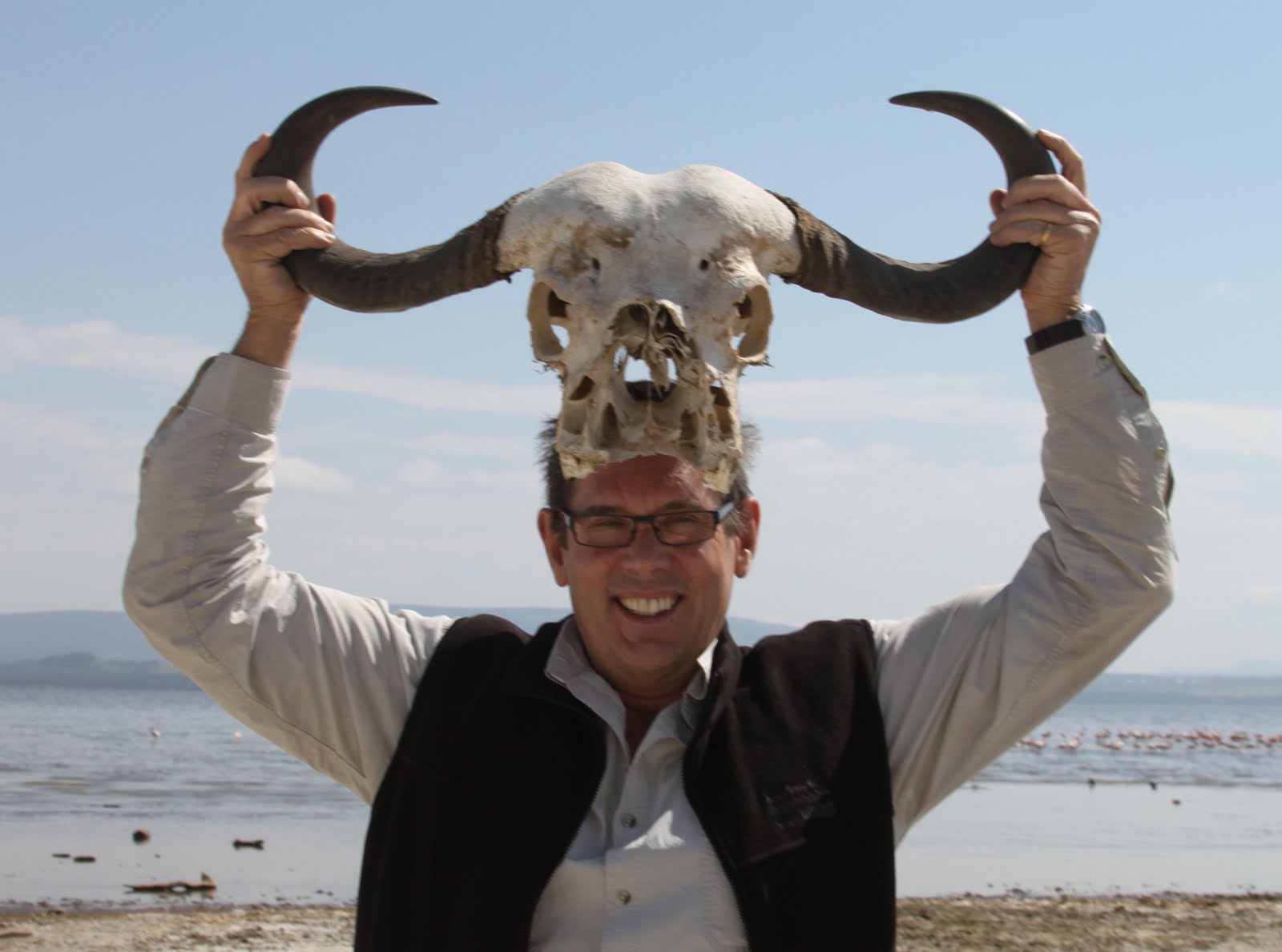Of Swans and Wolves
My fourth
floor balcony in the center of Yerevan overlooks a small man-made lake. It is
called Swan Lake and it is in the shape of Armenia. Up until recently the
weather was mild and the lake had water in it. Sometimes the two swans swimming
on it were white and at other times the two swans were black. I guess someone
switched them every few days. Black swans are hot weather birds from Australia.
Recently it began to get cold and I am imagining as it begins to snow, one
black swan turns to the other; “what the frick was that?”
Now the lake
has become an ice skating rink. The swans have gone and I watch the skaters
doing ballet moves to Celine Dion’s Titanic song, loud through big speakers in
the crisp air, ‘near far wherever we are, I believe that the heart does go o-on…”.
Today it is
-5C, it started out this morning at -13C so it is warming up. My little
electronic weather station also tells me that the humidity is -55%. What do you
suppose that means?
Having a cup
of tea on my balcony I noticed four council workers each carrying a life-size
white plastic swan and apparently a map trying to figure out where to put them.
I came out later to clear the used tea bag from the patio table and found it
had frozen solid to the glass table top. That is a new experience for me. I see the neighbor below puts bread on the table
in the balcony below presumably to keep it frozen.
I have found this winter
weather is fine if you dress for it. A few weeks ago I went to the outdoor
market and in preparation for these days and bought a Russian fur hat. One of
those hats you see people wearing in Moscow on -30 degree news reports. The Armenian man at
the hat stand spoke no English and so we did miming interpretations of the
various animals, he had hats made from rabbit, mink and other animals I couldn't figure out from the miming. I
wanted something a bit exotic and ended up in buying one made from Wolf fur. Thinking
I might be part of some wolf extinction
story, with passer by translating, I
asked him if the wolf was a problem in Russia or if it was somehow sustainably
farmed for its skin He looked at me like I was completely mad and even with
translation I was not able to get any kind of coherent picture except for, a
wolf is a wolf you stupid man.
When I got
home I checked on the internet and sure enough wolves are a problem in Russia.
Recently 400 wolves got together in a super pack and surrounded a village and
villagers had to mount snowmobile patrols while they waited for the army to
arrive. Apparently there is a high
bounty paid for dead wolves and in Siberia the state has extended the hunting
season on wolves to be all year round and on January 15 is officially beginning
a “three month battle against wolves”. Anyway I bought the hat; it looks
ridiculous but better than my ears shriveling up with frost bite.
Speaking of
fur I noticed many bars in Yerevan have signs that read ‘fur bar’. I never went
into any of them as I thought it might be the local term for pussy bar and that
is not my thing. But now I know that the Armenian script for Bar looks like fur.




